Video
0 notes
Video
FINAL OUTCOME:
I added sound effects and some western music to my animation. However, I didn’t
0 notes
Video
Attempt 2:
I tried to refine the eye movement on this attempt to make it seem more realistic. I feel like having some eye movements faster than others, adds a realistic affect to the animation.
WHAT I LEARNT:
If I were to do another attempt at this lip sync, I would try to work on the mouth movements because I feel like some areas don’t link up too well with the audio. I will try and learn the dope sheet better and get the hang of it so it goes a little smoother.
0 notes
Video
Attempt 1:
This was my first attempt of doing lip sync. I found the process a bit daunting at first because I don’t really like working on After Effects. However, when I got going, I found it easier than I was expecting.
It was hard for me to understand the dope sheet because I found it hard to use Audition but I tried to ‘scrub’ through the audio on After Effects and it seemed to work ok.
WHAT I LEARNT:
I think I would like to develop my eye movement as it looks like it gets stuck at some point. However, I did learn the technique of creating mask layers and layers so that the program knows what layer should be inserted when needed.
I also learnt that the eye movement and the mouth movements should be on seperate layers so that they don’t get messed up.
0 notes
Text
PROP- Final outcome:

I made this prop with balsa wood, leather like fabric, sewing needles, brown thred, wire, foam and a hot glue gun.
When creating this prop, I learnt some things along the way, like how hard it is to sew a tiny object together.
WHAT I LEARNT:
When creating this prop, I learnt some things along the way, like how hard it is to sew a tiny object together. I also found it hard to attach the wire onto the outside of the bag as it wouldn’t stick properly and keeps breaking off. I think if I were to make this again, I would try and find a fabric that supports its own structure and sew that on for the belt instead. Another thing I have learnt whilst making this, is how its good to make a structure like balsa wood to go under the outside to make it easier when it comes to sewing the sides on. I also found that this helps to make it look more realistic and bag like. It also holds its shape better.
0 notes
Text
Chosen scene and beats:
I want to adapt chapter 4 from the book, to better suit my 1920s London style. I thought that the scene has a great sense of description towards the characters and how other character interperate Dr Jekyll and Mr Hyde. I think I want to add in the maid with my scene because the way she sees the characters in the moonlight really reflects the characters personalities.
The beats to the scene:
-A maid living alone near a river, had gone to bed
-Fog rolls over city
-moon shines on lane which maids window overlooked
-Dr Jekyll is described as he walks down the lane, catching maids attention
-Dr Jekyll inquiring his way to find someone
-As moon shines on his face Jekyll loses his appearance and slowly shrinks to become Hyde
-Maid realises that Jekyll isnt the innocent guy he seemed when he was walking down the lane.
-Maid steps back in shock and says little words.
-Hyde walks off out of scene, limping and staggering in a unfriendly manner.
0 notes
Text
Images of the 1920s:
I wanted to research some photos into the scenes and what the surroundings were like in the 1920s. I looked at the fashion and buildings of the 1920s.
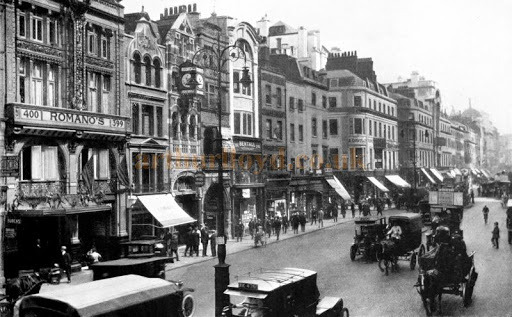
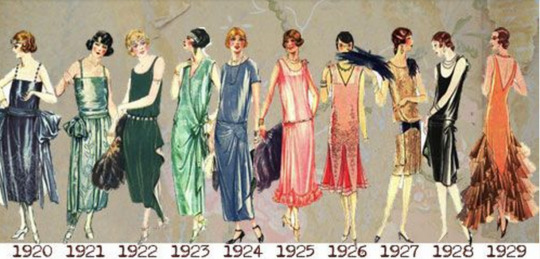
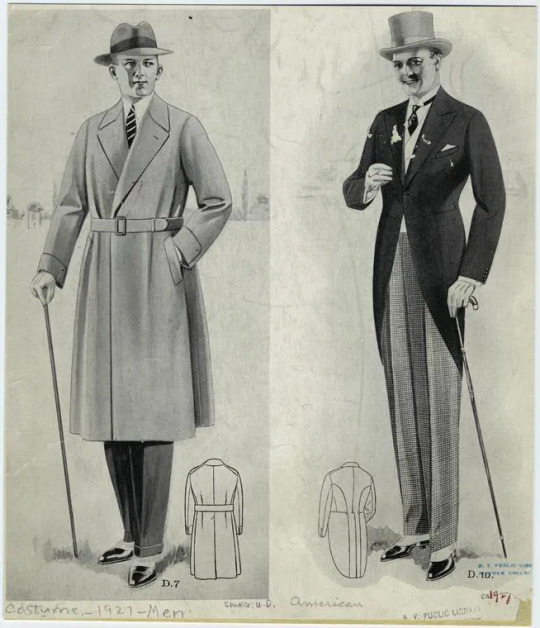
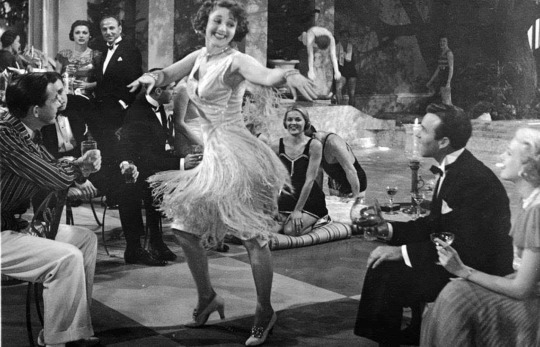
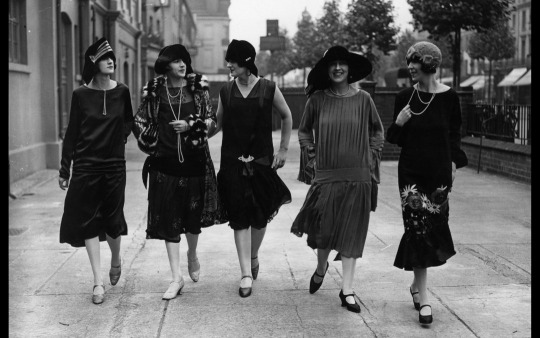
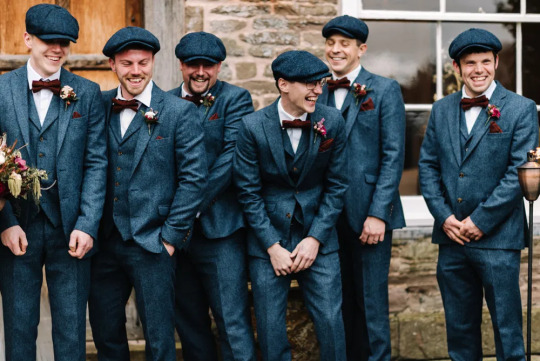
0 notes
Text
Social issues in 1920s:
Prohibition:
The 18th Amendment to the Constitution, ratified in 1919, had banned the manufacture and sale of “intoxicating liquors,” and at 12 A.M. on January 16, 1920, the federal Volstead Act closed every tavern, bar and saloon in the United States. From then on, it was illegal to sell any “intoxication beverages” with more than 0.5% alcohol. This drove the liquor trade underground–now, people simply went to nominally illegal speakeasies instead of ordinary bars–where it was controlled by bootleggers, racketeers and other organized-crime figures such as Chicago gangster Al Capone.
When Prohibition took effect on January 17, 1920, many thousands of formerly legal saloons across the country catering only to men closed down. People wanting to drink had to buy liquor from licensed druggists for “medicinal” purposes, clergymen for “religious” reasons or illegal sellers known as bootleggers. Another option was to enter private, unlicensed barrooms, nicknamed “speakeasies” for how low you had to speak the “password” to gain entry so as not to be overheard by law enforcement.
The cultral ‘ciivil war’:
The Great Migration of African Americans from the Southern countryside to Northern cities and the increasing visibility of black culture—jazz and blues music, for example, and the literary movement known as the Harlem Renaissance—discomfited some white Americans. Millions of people in places like Indiana and Illinois joined the Ku Klux Klan in the 1920s. To them, the Klan represented a return to all the “values” that the fast-paced, city-slicker Roaring Twenties were trampling.
Likewise, an anti-Communist “Red Scare” in 1919 and 1920 encouraged a widespread nativist, or anti-immigrant, hysteria. This led to the passage of an extremely restrictive immigration law, the National Origins Act of 1924, which set immigration quotas that excluded some people (Eastern Europeans and Asians) in favor of others (Northern Europeans and people from Great Britain, for example).
These conflicts–what one historian has called a “cultural Civil War” between city-dwellers and small-town residents, Protestants and Catholics, blacks and whites, “New Women” and advocates of old-fashioned family values–are perhaps the most important part of the story of the Roaring Twenties
0 notes
Text
The jazz age in the 1920s:
Many young people wanted to dance. They would do some dances called: the Charleston, the cake walk, the black bottom, the flea hop.
Jazz bands played at dance halls and radio stations. Some older people objected to jazz music’s “vulgarity” and “depravity” (and the “moral disasters” it supposedly inspired), but many in the younger generation loved the freedom they felt on the dance floor.
0 notes
Text
Women in the 1920s:
The ‘Flapper’:
The flapper was a young woman with bobbed hair and short skirts. These women also drank, smoked and said ‘unladylike’ things. They were more sexually free than previous generations.
In reality most women in the 1920s did none of these things, but even those women gained some unprecedented freedoms.
They could vote: The 19th amendment to the constitution had guaranteed that right in 1920.
Millions of women worked in white collar jobs
The increased avaliablity of birth-controll devices such as the diaphram made it possible for women to have fewer children.
New machines and technologies like the washing machine and the vacuum cleaner, eliminated some of the drudery of household work.
0 notes
Text
Research into different kinds of techniques for lip sync
Stop motion replacement:
-Modeling clay/ plastic polymer
-3D Printing
-Post production
There are a range of different films which use modeling clay for lip sync. One of these would be Ardman studios ‘creature comforts’. From the first lesson we had, ‘creature comforts’ was talked about and a link was put in the presentation with the behind the scenes scenes of the show.
https://www.youtube.com/watch?v=D4JDb9S9p_Y
I thought it was interesting to see how the sound design was made and the
0 notes
Text
The carew murder case: chapter 4
‘Nearly a year later, in the month of October, 18, London was startled by a crime of singular ferocity and rendered all the more notable by the high position of the victim’.
‘as she sat she became aware of an aged beautiful gentleman with white hair, drawing near along the lane’
‘Another and very small gentleman, to whom at first she paid less attention’
‘The older man bowed and accosted the other with a very pretty manner of politeness’
‘The moon shone on his face as he spoke, and the girl was pleased to watch it, it seemed to breathe such an innocent and old-world kindness of disposition, yet with something high too, as of a well- founded self content’
‘she was surprised to recongise in him a certain Mr Hyde, who had once vistited her master and for whom she had conceived a dislike.’
‘He had in his hand a heavy cane, with which he was trifling; but he answered never a word, and seemed to listen with an ill-contained impatience’
‘He broke out in a great flame of anger, stamping with his foot, brandishing the cane, and carring on like a madman’.
‘Mr Hyde broke out of all bounds and clubbed him to the earth’
‘The next moment, with ape like fury, he was trampling his victim under foot and hailing down a storm of blows, under which the bones were audibly shattered’
‘It was two o’clock when she came to herself and called for the police’.
‘‘A purse and gold watch were found upon the victim: but no cards or papers, except a sealed and stamped envelope, which he had been probably carrying to the post, and which bore the name and adress of Mr Utterson.’
‘Yes, I recognise him. I am sorry to say that this is Sir Danvers Carew’
‘when the stick was laid before him, he could doubt no longer, broken and battered as it was, he recognised it for one that he had himself presented many years before to Henry Jekyll.’
‘Is this Mr Hyde, a person of small stature?’
‘Particularly small and particularly wicked-looking, is what the maid calls him’
‘his habits were very irregular, and he was often absent; for instance, it was nearly two months since she had seen him till yesterday’.
‘‘he is in trouble! what has he done?’
‘Mr Hyde had only used a couple of rooms; but these were furnished with luxury and good taste. A closet was filled with wine; the plate was of silver, the napery elegant; a good picture hung up on the walls, a gift from Henry Jekyll.’
‘he must have lost his head, or he never would have left the stick or, above all, burned the cheque book. Why, money’s life to the man’.
‘Mr Hyde had numbered few familiars even the master of the servant maid had only seem him twice; his family could nowhere be traced; he had never been photographed; and he few who could describe him differed widely’.
‘Only on one point were they agreed; and that was the haunting sense of unexpressed deformity with which the fugitive impressed his beholders’.
0 notes
Text
Research on 1920s London:
1920s England- also known as ‘the roaring twenties’. War had ended. For some the war had proved to be very profitable. Manufacturers and suppliers of goods needed for the war effort had prospered throughout the war years and become very rich. For the ‘Bright Young Things’ from the aristocracy and wealthier classes, life had never been better. Nightclubs, jazz clubs and cocktail bars flourished in the cities. The hedonistic lifestyle portrayed in books and films such as ‘The Great Gatsby’ was perhaps for some, an escape from reality. This generation had largely missed the war, being too young to fight, and perhaps there was a sense of guilt that they had escaped the horrors of war. Perhaps they felt a need to enjoy life to the full, because so many other young lives had been lost on the battlefields of Flanders.
For married women and their children, life was pretty much the same post-war as pre-war. For example, the middle-class stay-at-home housewife still changed into her afternoon dress after lunch to receive guests, and many such households had either a live-in maid or a ‘daily’ to help with household duties. Pregnant women normally gave birth at home and in a middle-class home, a live-in nurse was often engaged for the two weeks prior and for a month after the birth. For working class women there was no such luxury as a home help, and there was certainly no paternity leave for the husband
In 1921 the Education Act raised the school leaving age to 14. State primary education was now free for all children and started at age 5; even the youngest children were expected to attend for the full day from 9am to 4.30pm.
By the mid 1920s unemployment had risen to over 2 million. Particularly affected areas were the north of England and Wales, where unemployment reached 70% in some places. This lead in turn to the Great Strike of 1926 (see picture below) and, following the US Wall Street crash of 1929, the beginning of the Great Depression of the 1930s.
website: https://www.historic-uk.com/HistoryUK/HistoryofBritain/The-1920s-in-Britain/
0 notes
Text
Analysing screenplays:
I wanted to look into more depth about screenplays and not just how they are layed out.
Screenplay 1: UP (2009) (Directed by Pete Docter and Bob Peterson)
This screenplay starts with the scene heading: ‘A 1930s Newsreel’. The newsreel Announcer, which is the first character in this scene is introduced with (V.O.) which says where the character is when they can’t be seen.
In the top right corner is the scene number: (1).
This is then followed by dialoge (this is the line of speech that the character says)
Action then follows this dialoge. The action is the description of the action within the scene. (A massive waterfall cascades down a gigantic, flat topped mountain).
The scene goes back and forth from the Dialoge with the character presented as V.O, to the action of a scene, before going onto INterior of a cinema named as ‘INT MOVIE THEATRE’ Therefore saying where this continuous scene is set and where.
One of the main characters is then introduced ‘Carl Fredrickson’ in the action.

Screenplay 2: Rick and Morty: episode 110; Risky Buisness (Created by Justin Roiland, Dan Harmon)
The scene starts with the episode title in the top left corner and the epiode number (110 ‘Risky Buisness’)
The scene then jumps straight in, also known as a ‘cold open’. This is the technique of jumping directly into a story at the beginning of the show before the title sequence or opening credits are shown.
We then get the scene heading which in this case is outside (EXT), and the setting (outside Morty’s home on the driveway). It is also in the day time (DAY).
The action is then described in the first paragraph of the scene. This gives details about where some of the characters are and what they are dressed like.
Character ‘summer’ then begins speaking, this scene goes on to showing characters speaking to eachother, one name after the other to indicate who is talking.
This scene was a little different to the first one. I found this because the scene starts before the opening credits happen so they had to add ‘COLD OPEN’.
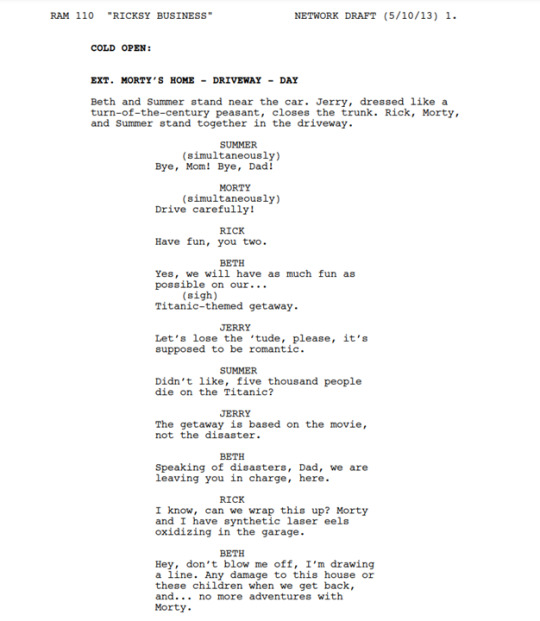
Screenplay 3: Toy story- 1995 (Directed by John Lasseter)
This scene starts a little different to the others as it has the title of the film at the top of the page, and starts with ‘fade in’. Fade in is used at the start of the film to show that the action is begining.
The scene then fades into interior of Andy’s bedroom, followed by the description of the action within the scene (Action).
The first character is then introduced ‘Andy’ but there’s ‘as potato head’ next to this name. This tells us that the character is pretending to be another character in the scene. Andy is therefore mimicing the other character.
Then the action is described before Andy speaks again. Therefore showing the scene of Andy pretending to be different characters, playing with them for the rest of the scene.
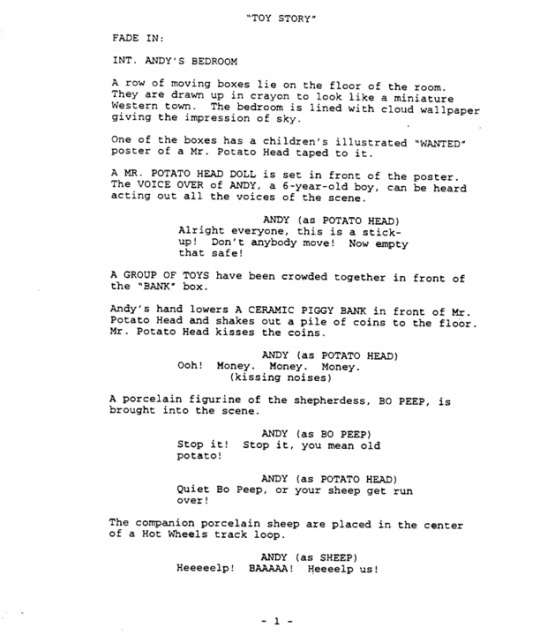
0 notes
Text
Characters personalities:
DR JEKYLL:
My verison of Dr Jekyll is based in the 1920s. Jekyll is a wealthy man with styled slick hair. His personality is very friendly and approachable. He is also helpful and loves getting to know people in the city, talking to everyone he sees. He lives in a multi story semi detached house. On a street, rows of semi detached houses surround his abode. He is confident, smart and outgoing. He has a good sense of style and has a spring in his step.
MR HYDE:
My version of Mr Hyde is similar to the book. Mr Hyde is a small, hunched over man with torn clothing. He isn’t very approachable as his grumpy personality pours out of him. Mr Hyde is researved and keeps himself to himself and only goes out when he really needs something. He has no manners and is often known for being the cities ‘Scrooge’, not just at christmas too.
0 notes